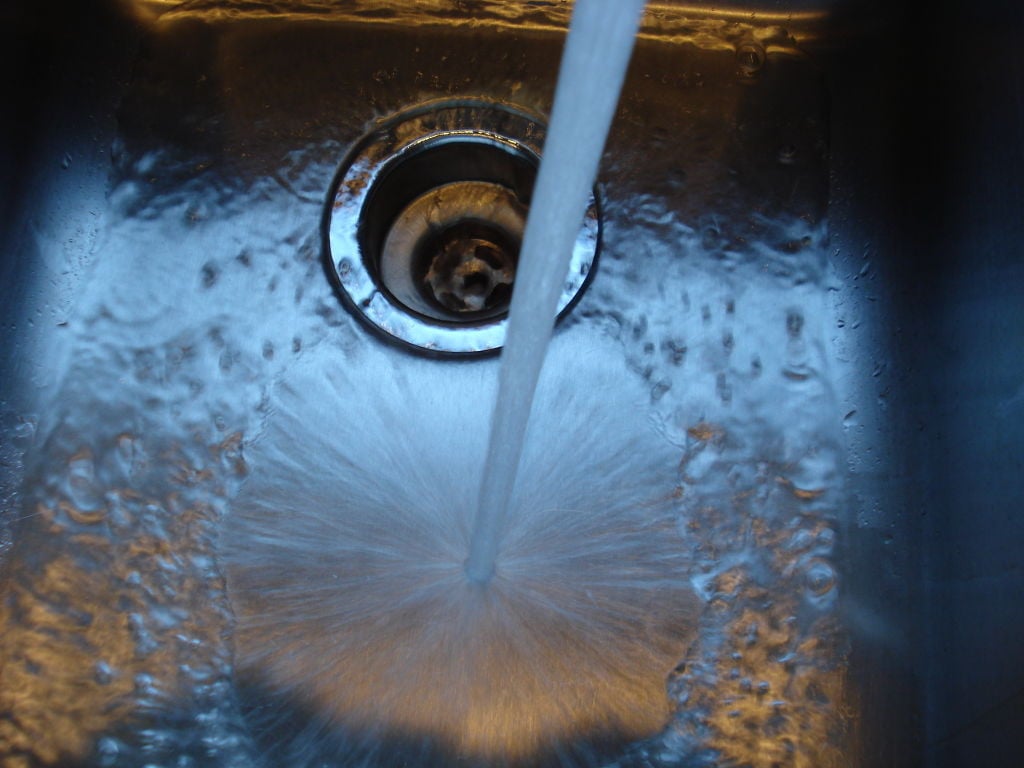Q: People sometimes tell me that if you fill a big container with water and use it once a month to flush your toilet, you’ll never have clogged plumbing. Is that true or is it some kind of urban legend?
A: That technique is probably not all that beneficial for toilets, though it can’t hurt to try it. But flushing out lines with extra water can sometimes help improve drainage in kitchen plumbing, especially in homes of snowbirds who are not living in a house all year round.
If you’re worried about your toilets not flushing properly, you can check inside the tank to be sure that the water is reaching the proper level. If it isn’t, you might want to replace some of the equipment in the tank.
Q: I have a rental property where a toilet seems to be clogged off and on. Is this the kind of repair that I can do by myself?
A: You can buy an auger at a hardware store for about $15 and run it through the trap in the toilet to see if that works. Maybe something is caught in the trap — like a child’s toy. If that doesn’t help, you might need to call a plumber.
Q: There’s a gas water heater inside my house, but it creates too much heat and I want to move the heater out of the house to the garage. But should I use PEX or copper lines for the job?
A: When it’s not a challenge to run copper lines, it’s best to use copper. But PEX is a good alternative. If you ask plumbers which type of piping they prefer, half of them will say copper and the other half will choose PEX. The letters P-E-X stand for crosslinked polyethylene. PEX is generally lower cost and requires fewer fittings than rigid pipes. It also does not require soldering so the risk of fire is eliminated. But PEX isn’t really a do-it-yourself product; special tools and training are needed before you can use it.
Q: I want to remodel my kitchen, and part of my plan is to move the sink to another wall about 20 feet away. Can I move the water line without too much trouble?
A: Moving the water line is the easy part. You can easily move it to another wall. The hard part is moving the drain.
Most of the time you have to saw-cut the floor in order to run the drain line to where the new sink will be located. It won’t be too hard though if the new sink location is on an outside wall. Then you can often find the drain line in the yard and can run a new connection up to the wall where the new sink will be.
Q: I live in a 15-year-old house where the master bath shower only produces hot water if you first turn on the cold water in the bathtub and let it run for a little while. It’s always been a problem since we bought the house nine months ago, but now it seems to be getting worse.
A: If you get plenty of hot water coming out of other faucets in the house, then there is probably something wrong with the valve pressure in your shower. It’s possible to fix this type of problem yourself if an O-ring or washer has worn out. You need to shut off the water and pull the valve cover plate to see what’s going on underneath.
Take a photo of the area and take it to a plumbing supply house to show to them. They may be able to tell you what to do next and what parts you will need. Take note of the brand of the valve so the store clerk will know what you have.





